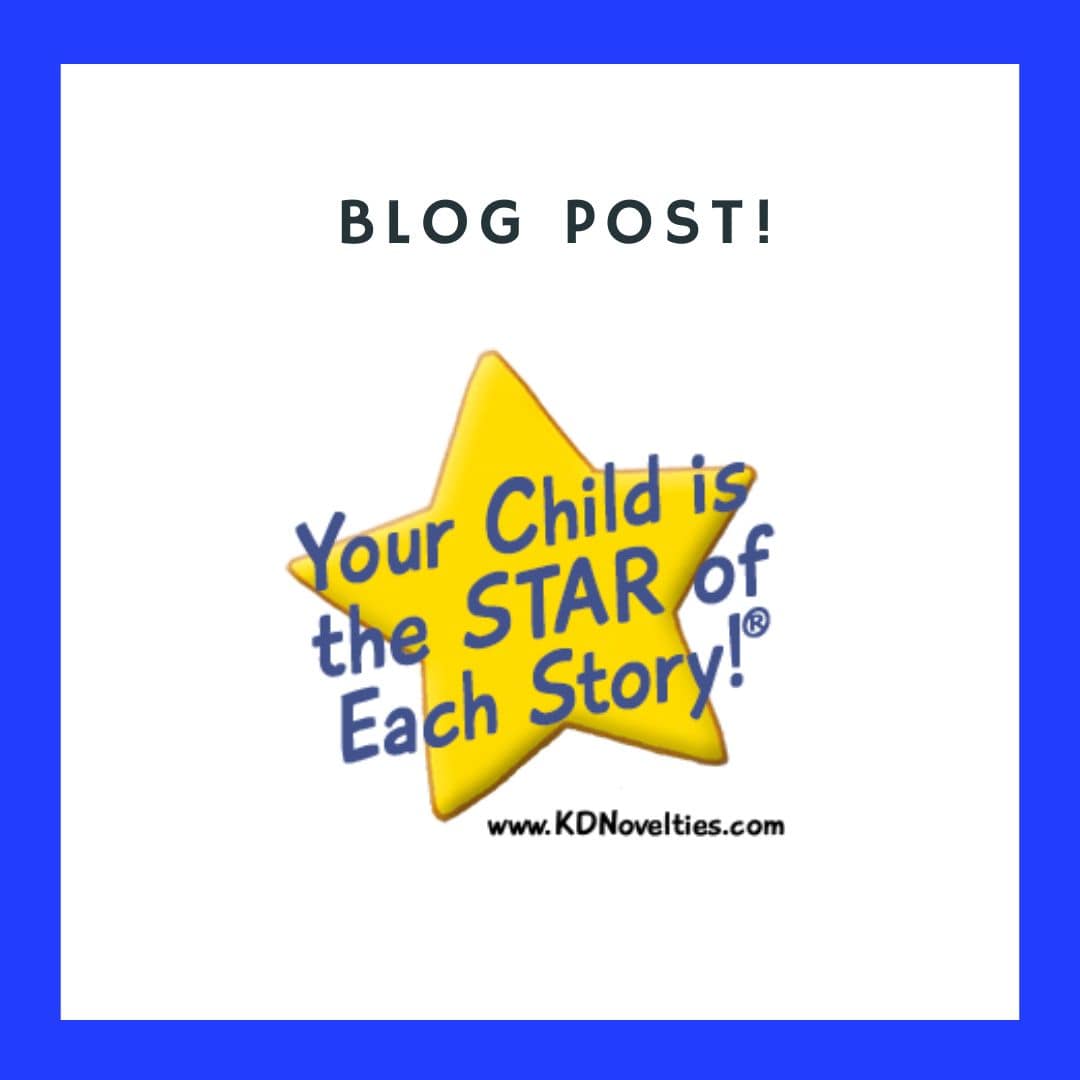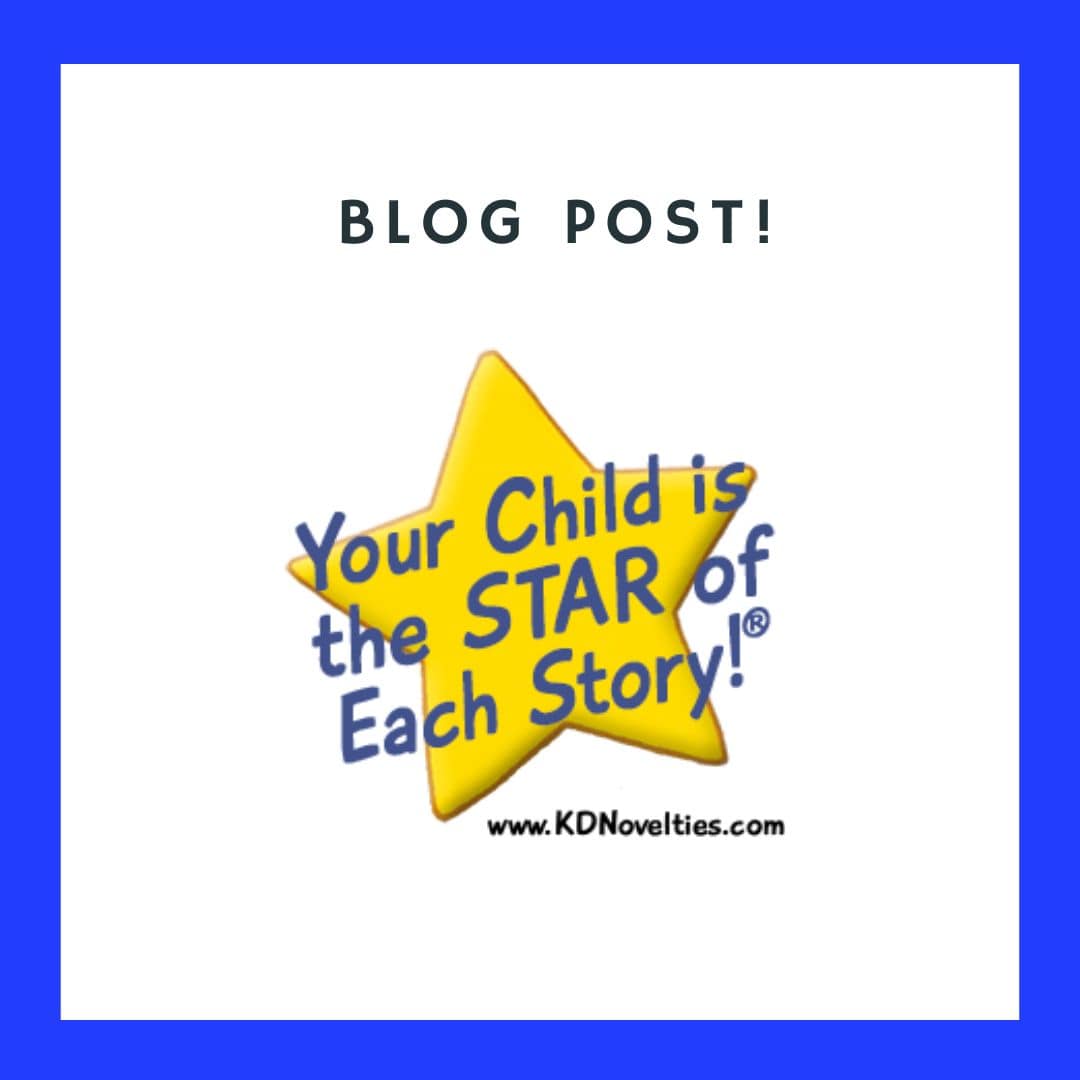
Storytelling is one of our most powerful teaching tools. Think about a story that touched you on a deep level — it was likely because you formed a personal connection with the characters. We all have greater empathy and understand stories better if we are able to connect with them on a personal level. This is why storytelling is the perfect way to teach kids about history. By making a historical event the center of a narrative, whether it be in a book, a film, or a stage production, we can engage children directly with history.
Learning our history (and the history of other peoples) is crucial to being an empathetic, contributing citizen. We’ve all heard the saying that if we don’t know history, we’re doomed to repeat it. But history is so much more than that –it’s an opportunity to understand our place in the world — what came before us, how we got here, and the amazing contributions and challenges of our ancestors. Sometimes this information can be overwhelming, or even boring. Storytelling provides a way for children to engage with history on a deeper level and find an important sense of self in the world. But why history?
Why Children Connect to History
As the Department of Education explains, “Children also want to have a place in history—their first historical questions are: “Where did I come from?” and “Was I always here?” These two questions contain the two main meanings of history: It’s the story of people and events, and it’s the record of times past. And because it’s to us that they address these questions, we are in the best position to help prepare our children to achieve the lifelong task of finding their place in history by helping them learn what shaped the world into which they were born.
Without information about their history, children don’t “get” a lot of what they hear and see around them. History is crucial for kids because it helps them understand their place in the world by giving them a context for their lives. One thing kids do understand and respond to is storytelling — by taking historical facts and placing them into a story, kids can learn about the past in a way that makes sense to them. Many museums and historical institutes are already using these techiques to reach younger audiences.
History and Museum Programs
One example of the effectiveness of teaching kids history through stories is the OurStory program, an outreach initiative developed by the National Museum of American History. The program called on children’s authors and illustrators to bring history to life, creating stories that connected to specific exhibits and events at the museum — thus, it encouraged students and children to engage with history directly in the museum after drawing them in with storytelling.
This literacy-based learning program has highlighted a variety of cultural traditions and histories, including Puerto Rican santos, Iroquois pottery and folk tales, Flag Day, Chinese American traditions, African American migrant workers, Teddy Roosevelt and the first teddy bear, and life on the home front during WWII. The OurStory program encourages kids to get hands-on with history via historical storytelling and children’s literature. Thus, children could learn more about the various cultures that make our nation’s heritage so rich — by engaging with historical storytelling, they can get a better sense of the American story. Storytelling and history don’t only mix in educational and museum settings though — pop culture and more entertainment based forms of storytelling can have an even wider reach.
History and Pop Culture
For high school and college students, the musical “Hamilton” engaged them with American history and our nation’s founding fathers via a storytelling method that made the tale immediate and compelling for them. It spoke to them using diverse storytellers and cultural modes that echo their interests, thus engaging with them on a different level.
 Statue of Alexander Hamilton
Statue of Alexander Hamilton
While they might consider the American Revolution boring when reading about it in a history textbook, “Hamilton” and its story make it come alive. The words on a page may seem dull, but when you make history into a vibrant story using a multitude of musical traditions including hip hop, rap, and musical theatre, the facts become compelling and gripping. Since the musical premiered, relevant historical sites have seen up to a 75% increase in tourists and visitors. How’s that for living history?
But “Hamilton” tickets are impossible to secure (and prohibitively expensive). So, how can you echo its successful techniques in your own home? Children’s history books are affordable and can be revisited in the comfort of your home again and again. If you can find a way to make your child part of that story, even better.
History and Storytelling
Luckily, KD Novelties doesn’t only offer children’s history books, but also personalized books that place your child in the heart of the historical action. By placing kids in the story, like KD Novelties does with their upcoming “My Adventures with the Presidents of the United States,” we can make them a part of crucial historical moments and help them understand their place in our cultural history and national story. Books are the perfect way to give kids first-hand access to a historical tale by putting the story in engaging terms they will understand and including illustrations.
If you want your kid to become a lifelong learner and appreciate the value of history, there’s no better way to do it than to give them lots of history-focused books and stories. Much of our lives are spent trying to better understand ourselves and our place in the world — understanding our role in the scheme of history is a crucial part of this. If you engage your children with history through storytelling from a young age, you’ll be preparing them to be better equipped, more thoughtfully engaged human beings.


